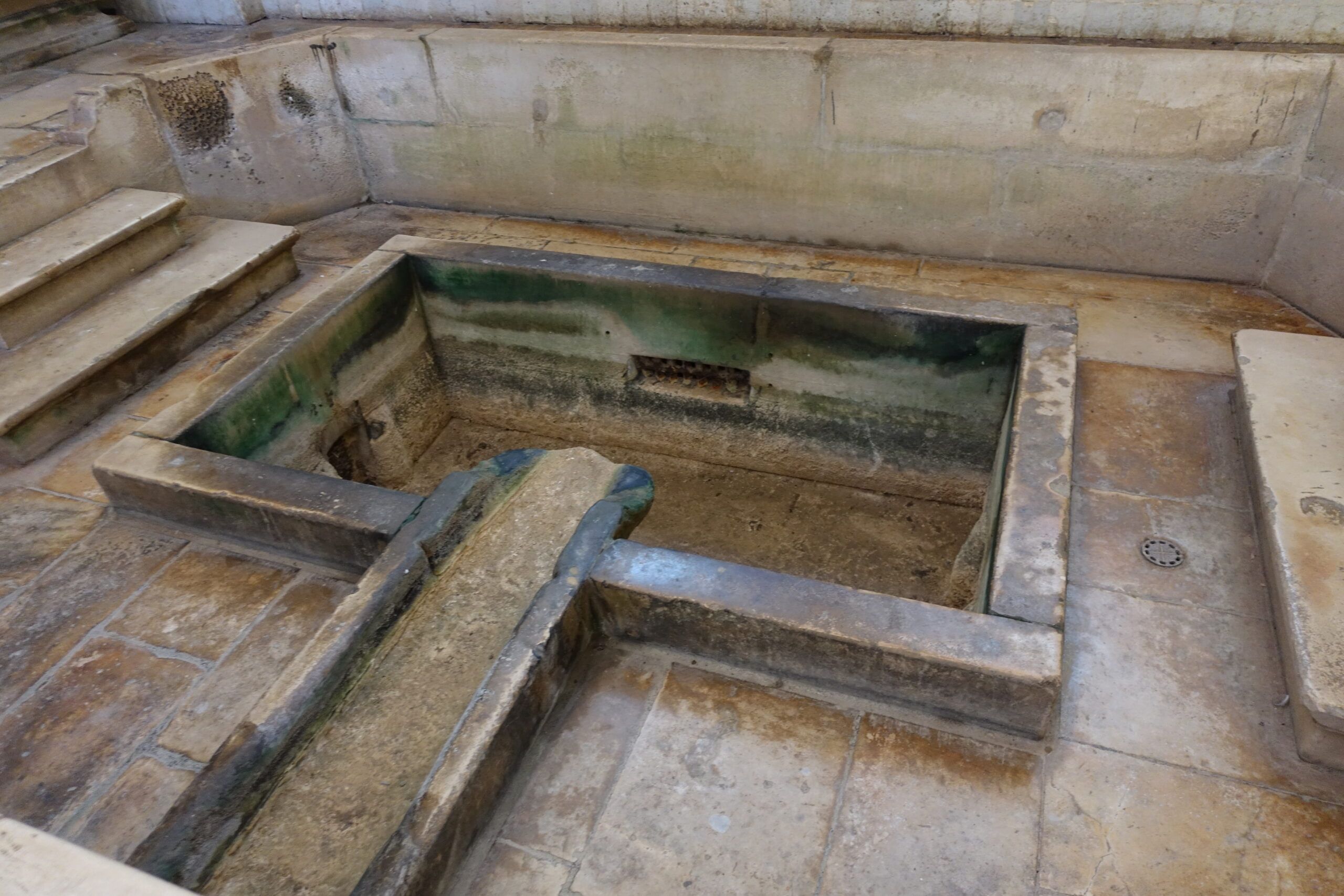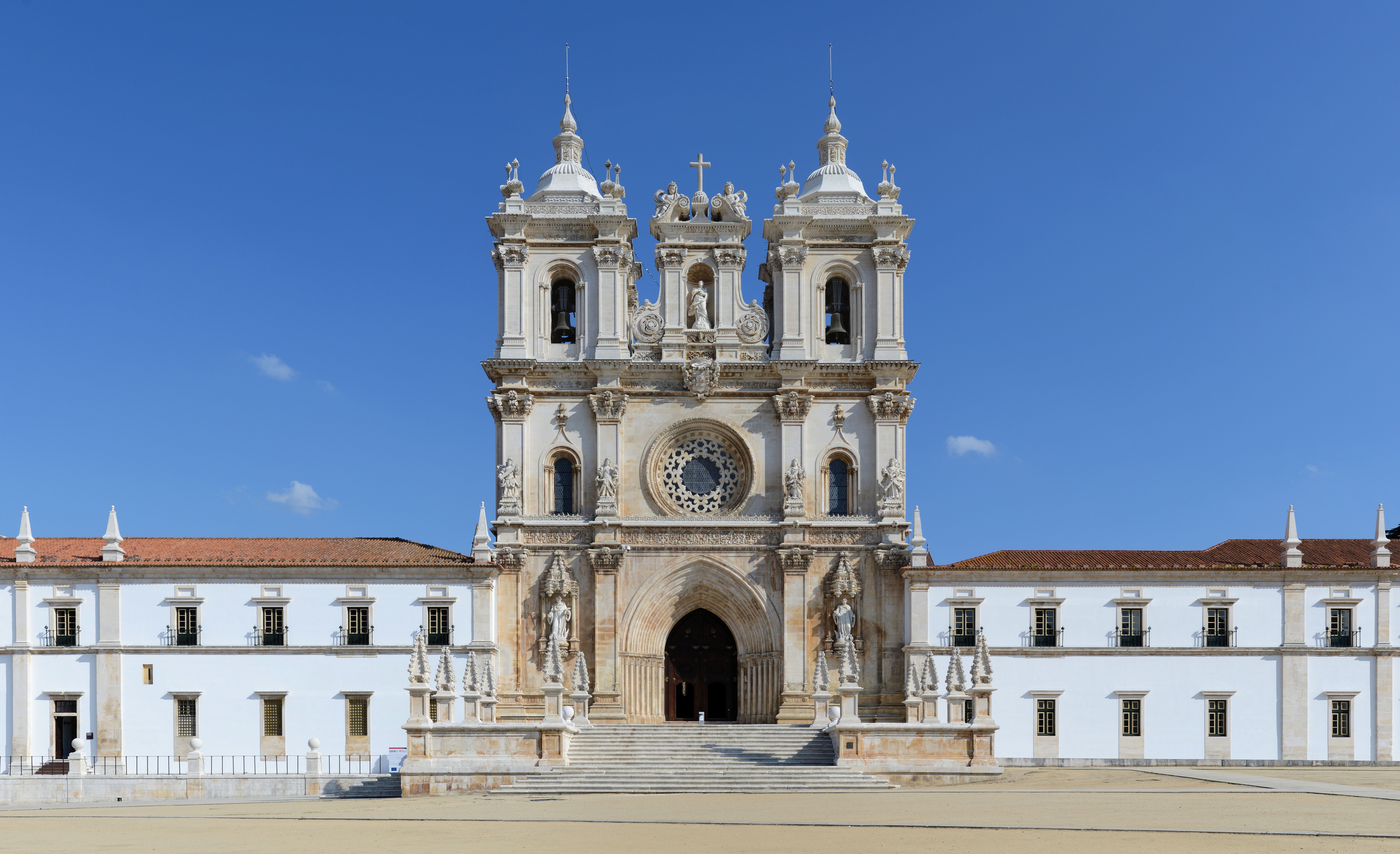Monastery of Alcobaça and water system
Categories/tags: Utilization of water and wind power; Aqueducts for water management.
Historical context: Founded in 1153 by King Afonso Henriques, the monastery holds immense historical significance in Portugal’s cultural heritage. Construction began in 1178, following the architectural model of the Abbey of Claraval in France, the headquarters of the Cistercian Order. Its construction, following the architectural model of the Abbey of Claraval in France, marked a pivotal moment in the consolidation of the Cistercian Order’s presence in the region.
Over the centuries, the monastery became a center of religious, cultural, and architectural importance, reflecting the evolving socio-political landscape of Portugal. The monks played a crucial role in transforming the surrounding landscape, introducing new agricultural techniques and products to the region, which remains one of Portugal’s primary agricultural areas today. Today, as a UNESCO World Heritage Site, the Monastery of Alcobaça stands as a symbol of national pride and a testament to the country’s rich history and cultural legacy.
Form – main architectural features: The hydrographic plan devised by the monks included a sophisticated water management system comprising canals for water conveyance and drainage, as well as channels for water-powered engines and diversion of rivers and streams. Watermills were integrated into the system for processing grains and olive oil extraction. These interventions transformed the landscape into intensive agricultural lands, showcasing the Cistercians’ modernity in water engineering.
Function: The primary purposes of the water management system were drainage of fields and irrigation of crops. By controlling water flow and utilizing it for agricultural processes, the monks ensured optimal land use and enhanced agricultural productivity in the region. The system’s infrastructure, including canals, channels, and watermills, facilitated efficient water distribution and utilization, contributing to the monastery’s self-sufficiency and sustainability.
Lessons for sustainability: The Monastery of Alcobaça’s water management system exemplifies sustainable practices in utilizing natural resources for agricultural purposes. The integration of water management infrastructure into the monastery’s operations enabled efficient land use while minimizing environmental impact. This historical precedent offers valuable lessons for contemporary sustainable water management practices, emphasizing the importance of holistic approaches to resource utilization and conservation.
Cultural heritage and tourism: Regarded as one of the most audacious water management systems of the Portuguese Middle Ages, the Monastery of Alcobaça’s hydraulic infrastructure is a testament to the ingenuity and vision of the Cistercian monks. Today, it stands as a sober hydraulic monument, deserving of preservation and recognition. Tourists and scholars alike are drawn to the monastery to witness its architectural splendor and learn about its historical significance, contributing to its cultural heritage and tourism appeal.
Location: Alcobaça – Portugal
Monastery of Alcobaça and water management system – Portugal
Sources
Jorge, V. (2019). Caminhos da Água no Mosteiro de Alcobaça. Câmara Municipal de Alcobaça. Retrieved February 20th, from https://www.researchgate.net/figure/ALCOBACA-Abadia-cisterciense-Aspecto-interior-da-casa-do-lavatorio_fig3_350278567
Maduro, A., Jorge, V., & De Mascarenhas, J. (2017). Water Planning in Alcobaça Cistercian Lands. Riparia, 3, 95-126. https://doi.org/10.25267/RIPARIA.2017.v3.04



